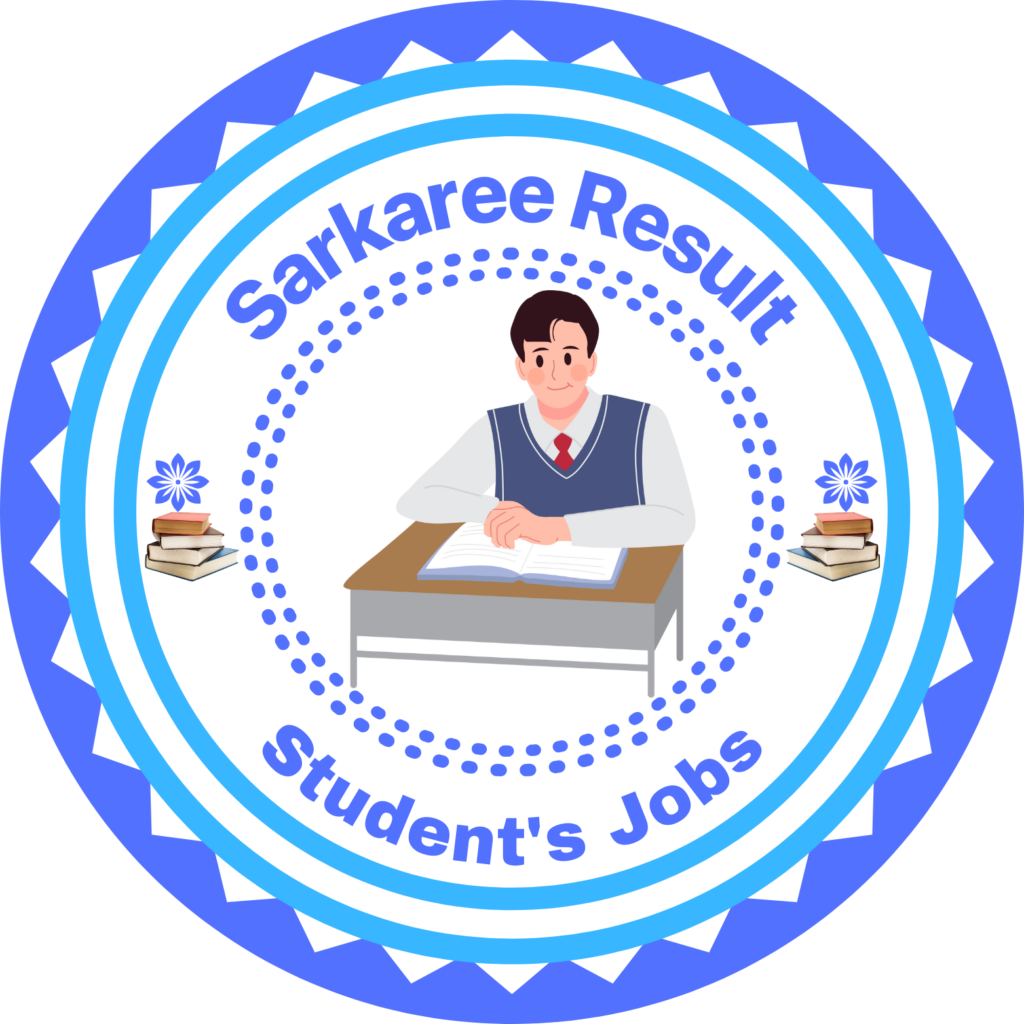SSC GD Exam Pattern & Syllabus: Detailed Overview
The SSC GD (General Duty) Exam is a national-level recruitment exam conducted by the Staff Selection Commission (SSC) to recruit candidates for various posts such as Constable (GD) in CAPFs, NIA, SSF, and Rifleman (GD) in Assam Rifles. Understanding the exam pattern and syllabus is crucial for candidates preparing for the examination. Here’s a detailed breakdown:
Exam Pattern
The recruitment process includes multiple stages to assess the candidates thoroughly:
- Computer-Based Examination (CBE)
- Physical Standard Test (PST)
- Physical Efficiency Test (PET)
- Medical Examination
Let’s delve into each stage in more detail.
1. Computer-Based Examination (CBE)
The first stage of the SSC GD recruitment process is the CBE. This is an objective-type examination designed to test the candidate’s general aptitude and knowledge.
Key Details:
- Total Questions: 80 (Objective Type)
- Total Marks: 160 (2 marks per question)
- Duration: 60 minutes
- Negative Marking: 0.25 marks per wrong answer
The CBE consists of the following subjects:
- General Intelligence & Reasoning (20 questions)
- General Knowledge & Awareness (20 questions)
- Elementary Mathematics (20 questions)
- English/Hindi (20 questions)
Let’s explore the syllabus for each subject in detail.
Syllabus
a. General Intelligence & Reasoning
This section tests the candidate’s logical reasoning and ability to solve complex problems. It covers both verbal and non-verbal reasoning topics. Here’s a breakdown of the key areas:
- Non-verbal Reasoning: Questions involving figures and diagrams.
- Analogies: Identifying relationships between pairs of words or numbers.
- Coding-Decoding: Finding codes or decoding given sequences.
- Series Completion: Number and letter series.
- Puzzles: Logical puzzles based on various scenarios.
- Spatial Orientation: Understanding of shapes, objects, and figures.
- Visual Memory: Ability to recall images and patterns.
These topics help in measuring candidates’ analytical skills and their ability to handle abstract concepts.
b. General Knowledge & Awareness
This section is designed to assess the candidate’s knowledge of current events and general information about the world around them. The topics include:
- Current Affairs: National and international events, awards, sports events, etc.
- India and its Neighbouring Countries: Geography, history, and socio-economic conditions.
- Sports: Important sports events, championships, and famous sports personalities.
- History: Major historical events and figures, particularly those related to Indian history.
- Geography: Physical features, political boundaries, and environmental issues.
- Polity: The Indian Constitution, government structure, and political events.
- General Science: Basic concepts from physics, chemistry, and biology.
Candidates should stay updated with the latest news and developments to excel in this section.
c. Elementary Mathematics
This section evaluates the candidate’s mathematical skills, particularly in handling basic arithmetic operations. The key topics include:
- Number Systems: Basics of numbers, classification, and properties.
- Percentages: Calculating and understanding percentages in various scenarios.
- Profit & Loss: Simple calculations involving profit and loss percentages.
- Ratio & Proportion: Basic problems involving proportions and ratios.
- Time & Work: Questions related to work efficiency and time calculations.
- Speed, Distance & Time: Calculating distances and speed based on given conditions.
- Simple & Compound Interest: Basic interest calculation formulas and their applications.
Strong foundational knowledge in these areas will ensure a good score in this section.
d. English/Hindi
This section assesses the candidate’s language skills, focusing on comprehension and usage. Depending on the candidate’s choice, the test will either be in English or Hindi.
- Basic Grammar: Nouns, pronouns, verbs, adjectives, etc.
- Sentence Structure: Forming sentences with correct syntax.
- Reading Comprehension: Understanding and analyzing given passages.
- Vocabulary: Word meanings, synonyms, antonyms, etc.
- Fill in the Blanks: Completing sentences with appropriate words.
For English, focus on grammar rules and reading skills, while for Hindi, understanding of basic language usage is key.
Physical Standard Test (PST) & Physical Efficiency Test (PET)
After qualifying for the CBE, candidates need to undergo physical tests that assess their fitness and endurance. The PST checks height, chest measurements (for males), and weight, while the PET includes running, long jump, and high jump.
- Height: Minimum height required varies by gender and category (e.g., 170 cm for male candidates in the general category).
- Chest (For males): A minimum of 80 cm unexpanded with a minimum expansion of 5 cm.
- Running: Male candidates may be required to run 5 km in 24 minutes, while female candidates may need to complete 1.6 km in 8.5 minutes.
Candidates should maintain good physical fitness to clear this stage.
Medical Examination
Finally, candidates undergo a thorough medical examination to ensure they are physically fit for the duties of a General Duty Constable. This includes checking vision, hearing, and overall health. Any medical conditions that could hinder performance may result in disqualification.
Conclusion: The SSC GD Exam is a comprehensive assessment that tests both the intellectual and physical capabilities of candidates. To succeed, aspirants must prepare rigorously across all subjects, keep themselves updated with current events, and maintain good physical health. Systematic preparation will increase the chances of clearing all stages and securing a position in this prestigious job.
UPSSSC 2024 Syllabus for Forest Guard and Other Various Exams

Pingback: Haryana HSSC Primary Teacher (PRT) Exam Syllabus 2024 -
Pingback: SSC Stenographer Syllabus 2024 Examination Details -
Pingback: Full Syllabus For The Course On Computer Concepts (CCC)